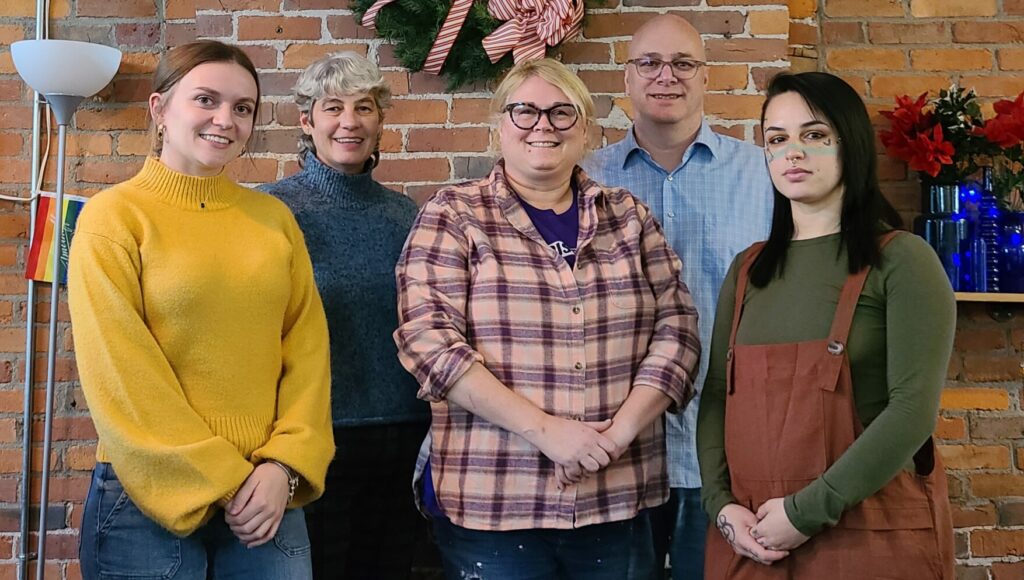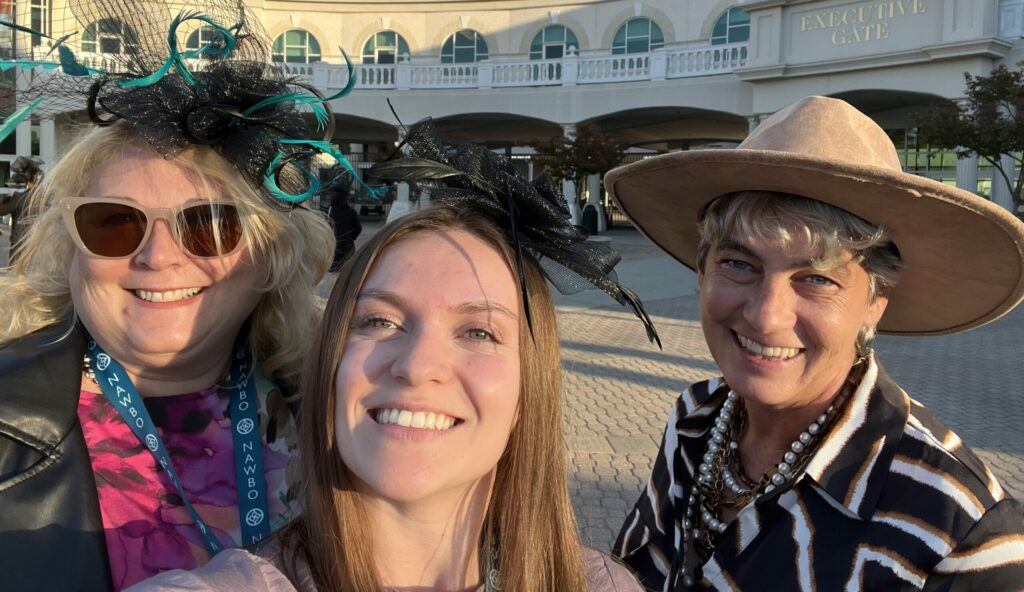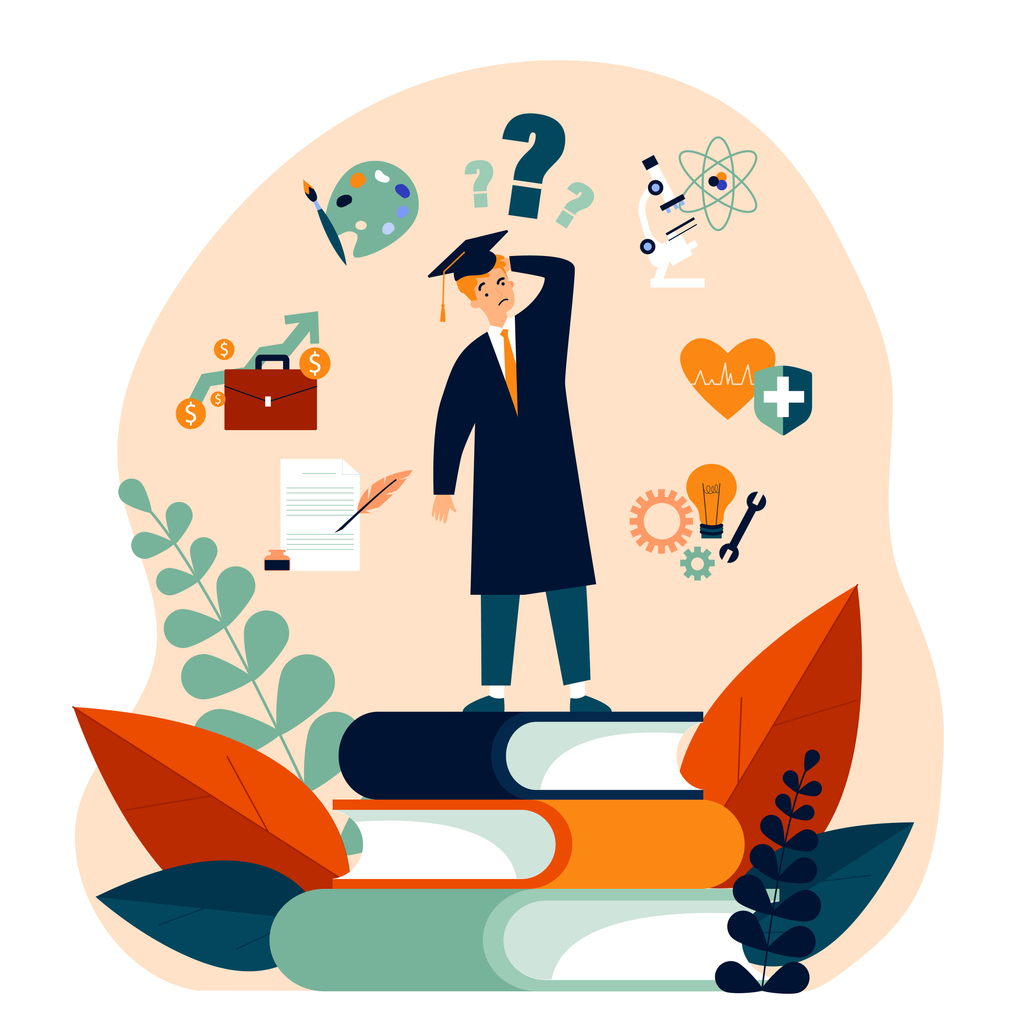
Life is filled with defining moments. Some of these moments can be controlled, and some are left to the mercy of others. It is within these defining moments that a person’s sense of purpose and self are often derived.
For one educator, such a defining moment occurred when one of her students experienced a life-altering, traumatic event. In a split second, lives were changed, and defining moments rippled across a community. It was in this moment that Dawn Heideman, a teacher in Columbus City School District, realized that her twenty-three years spent teaching the quadratic formula were about to drastically change. In this moment, Heideman knew she needed to shift her focus from mathematics and develop a Social Emotional Learning program that would benefit the most at-risk students she could find. This defining moment was the spark for creating Walnut Ridge’s Strategies for Success (Be the ONE) Program.

This Social Emotional Learning or SEL program was designed to fill students’ fundamental needs for motivation, social connectedness, and self-regulation. Without the establishment of these fundamentals, a student’s ability to learn is negatively impacted. When students have been exposed to adverse childhood experiences, their SEL development is significantly at risk.
The Be the ONE program at Walnut Ridge and Linden McKinley uses ACES scores to determine the students that are the most at-risk within the building. These scores from the Adverse Childhood Experience survey reflect student responses to ten questions about emotional and physical traumas that can affect behaviors and learning. As a student’s score increases, so does the student’s propensity for developing physical and mental issues as an adult.
The Be the ONE program works to re-define these odds and focuses on the five factors identified by Kaiser Permanente that have been shown to counteract the impact of a high ACES score and/or a history of childhood trauma. These five factors are:
- allowing oneself to get close to others
- learning to take care of one’s own physical and emotional needs
- getting honest about recognizing defense mechanisms
- acting unafraid
- allowing for extension to others and being supported.
Students who score highly on the survey and who do not receive other support services within the building are invited to join the Be the ONE program. If ACES data is not available, a student can be referred by a teacher, guidance counselor, social worker, parent, or even via self-advocacy due to identified trauma(s). Students enrolled in the program can remain in it for successive years or even until graduation if their educational situations do not change.
According to the Center for Disease Control (CDC), the majority of American adults score at a 3 or below on the ACES survey. Additionally, this research determined that a young person’s ACE Score is correlated with later life mental health challenges as well as health risk behaviors (including substance abuse) and serious health problems. The average score of students in Walnut Ridge’s program is 6.5. This number translates into significantly increased risk for physical and mental health problems including alcoholism, drug abuse, heart disease heart disease, and self harm. The childhood traumas experienced by Walnut Ridge students can become the defining moments that shape them into at-risk students and troubled adults.
Those enrolled in the program begin to overcome their traumas by:
- becoming a second family;
- learning healthy habits via partnerships with the Teen Health Clinic and the OSU School of Nursing;
- ingraining the motto, If you don’t heal from what’s hurt you…you’ll bleed on those that didn’t cut you;
- supporting each other and setting goals to break potential cycles;
- healing their hearts while helping others.

The community service projects, Be the ONE spirit wear, college visits, and more all make a positive impact on these learners. Two years ago, Linden-McKinley High School in Columbus added the program for their students. Now, there are 125 students enrolled between two high schools. Be the One advocates are thrilled with the growing number of at-risk youth who are choosing to re-define themselves, discover success and improve their own futures.
Similar to the idea of “Pay it Forward”, the program emphasizes service to others, so students can Be the ONE for others in need. This is extremely empowering for youth who have always felt they were the ‘receivers’. To that effect, Be the ONE students have labeled thousands of bars of soap in partnership with Theresa Flores and Saving Our Adolescents from Prostitution (SOAP Project). They have created and donated 75 chemo kits with personalized notes to the patients at The Ohio State University’s James Cancer Center. Youth made 100 blankets for the Van Buren Homeless Shelter, built 100 raised dog beds for a local animal shelter, and created and donated thousands of decorations to the Ronald McDonald House. Be the One students have found success.
Service to others is just the start. Be the ONE students are overcoming their ACEs by supporting each other and developing new, healthier relationships. Be the ONE students learn how to give 5-second smiles to total strangers, giving them a chance to Be the ONE to anyone. Critical to the program’s success is the one – one and small group lessons which help the students develop healthy and trusting relationships. Every day, students learn how to accept each other without bias, discovering what is on the inside of each other, regardless of differences in gender, race, religion, sexual identity, and ethnicity.
The program’s short-term goals involve providing students with the tools needed to experience success, creating a safe place, and becoming a second family. With these goals in place, the focus can shift toward the long-term objectives. These goals include improving oneself, improving the lives of those around them, and being the initial force that begins an everlasting ripple.
The Be the ONE program has helped to bring voice and choice to students with unfathomable defining moments. To increase the odds for these at-risk students, an intentional focus on SEL development is paramount. Students who enter this life-changing program are given an opportunity to beat the odds and re-define their futures.






